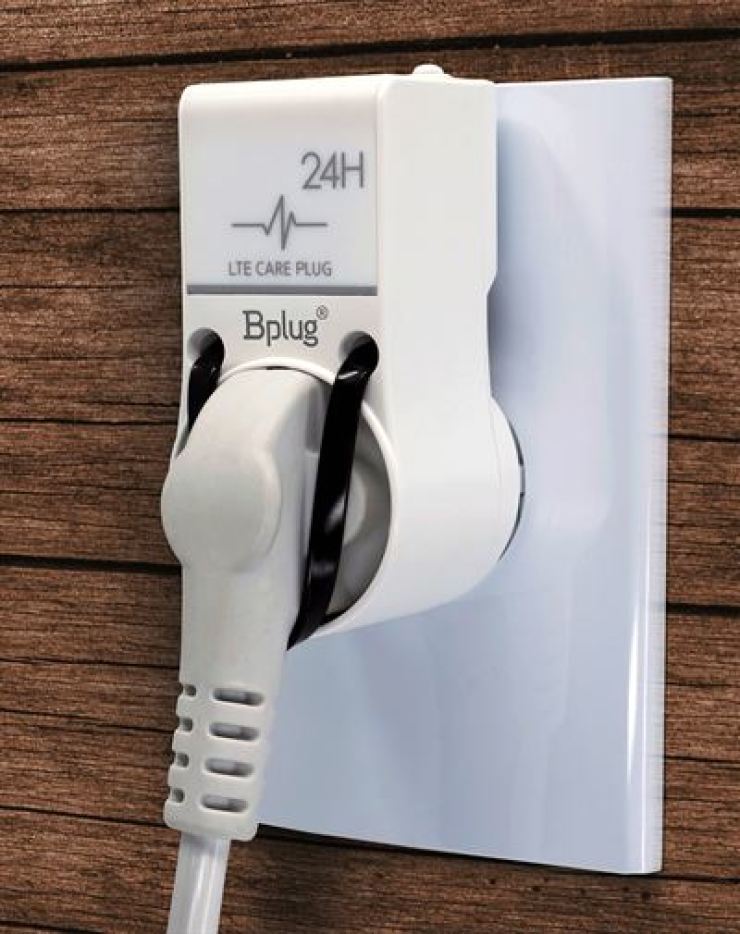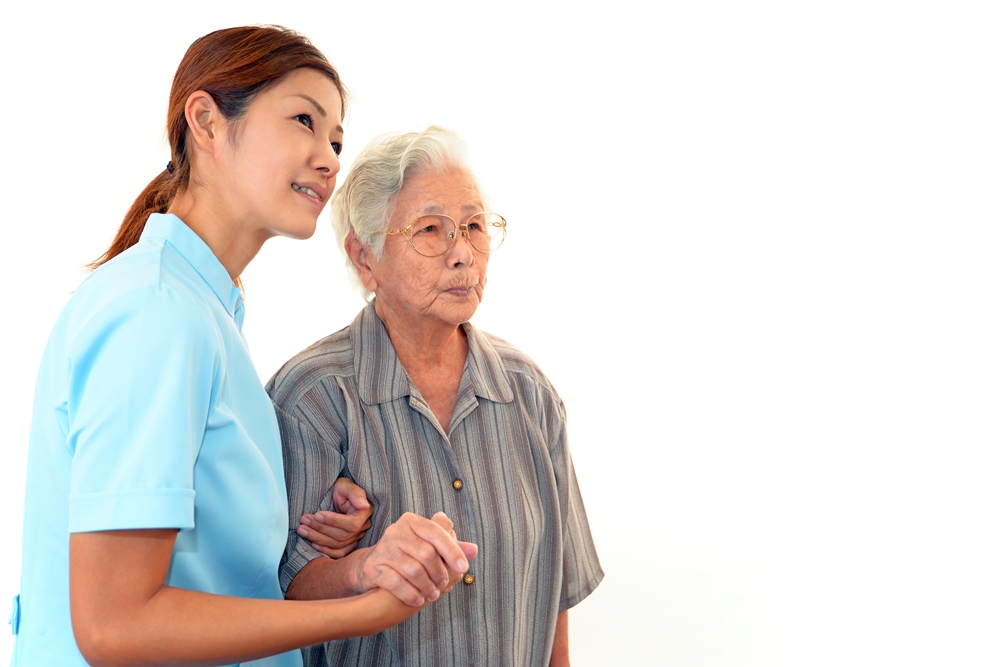In the face of growing concerns about the difficulty of providing welfare services due to the prolonged COVID-19 pandemic, the district office is putting more efforts into preventing dangerous situations by installing smart plugs based on the Internet of Things (IoT) for elderly single-person households.
The smart plug is a device that powers home appliances such as TVs and computers. The device measures and analyzes changes in power consumption and lighting at home: if there is no change for a certain period of time, a signal is sent to civil servants at a community service center in the neighborhood who are in charge of taking care of senior citizens living alone.

When receiving the signal, the public servants check in on the elderly resident by phone first, and if no one answers, they visit the household to check for any emergency situation.
The smart plug is convenient to install and maintain. In particular, unlike other types of motion-sensing IoT devices, the residents would not feel like they are being observed.

From June to October this year, the district office conducted a survey of 7,797 middle-aged or elderly single-person households, and installed the plugs at 86 households in November. It plans to install them at an additional 64 households within this month.
“With the increase in single-person households, death of elderly people living alone has emerged as a serious social problem,” district head Oh Seung-rok said. “We are carrying out various non-face-to-face welfare projects using such IoT technology, as the COVID-19 situation has made it difficult to take care of residents in person.”















